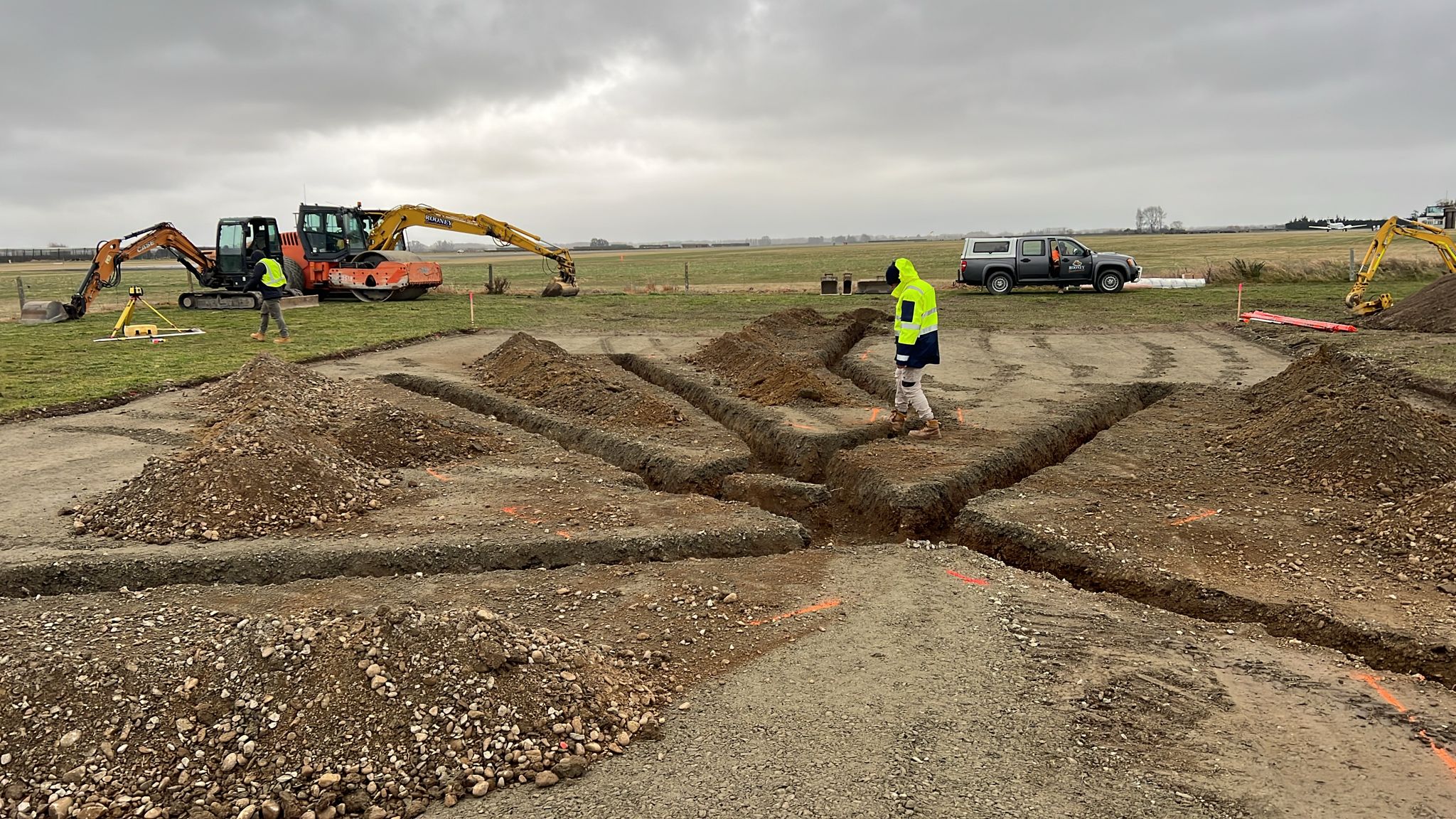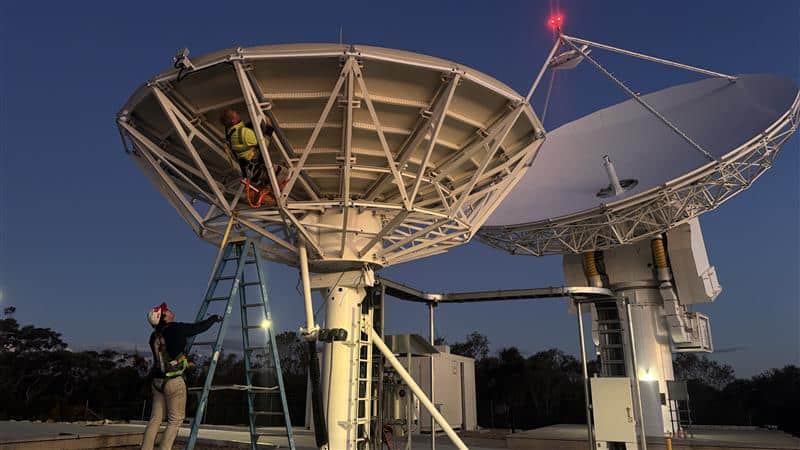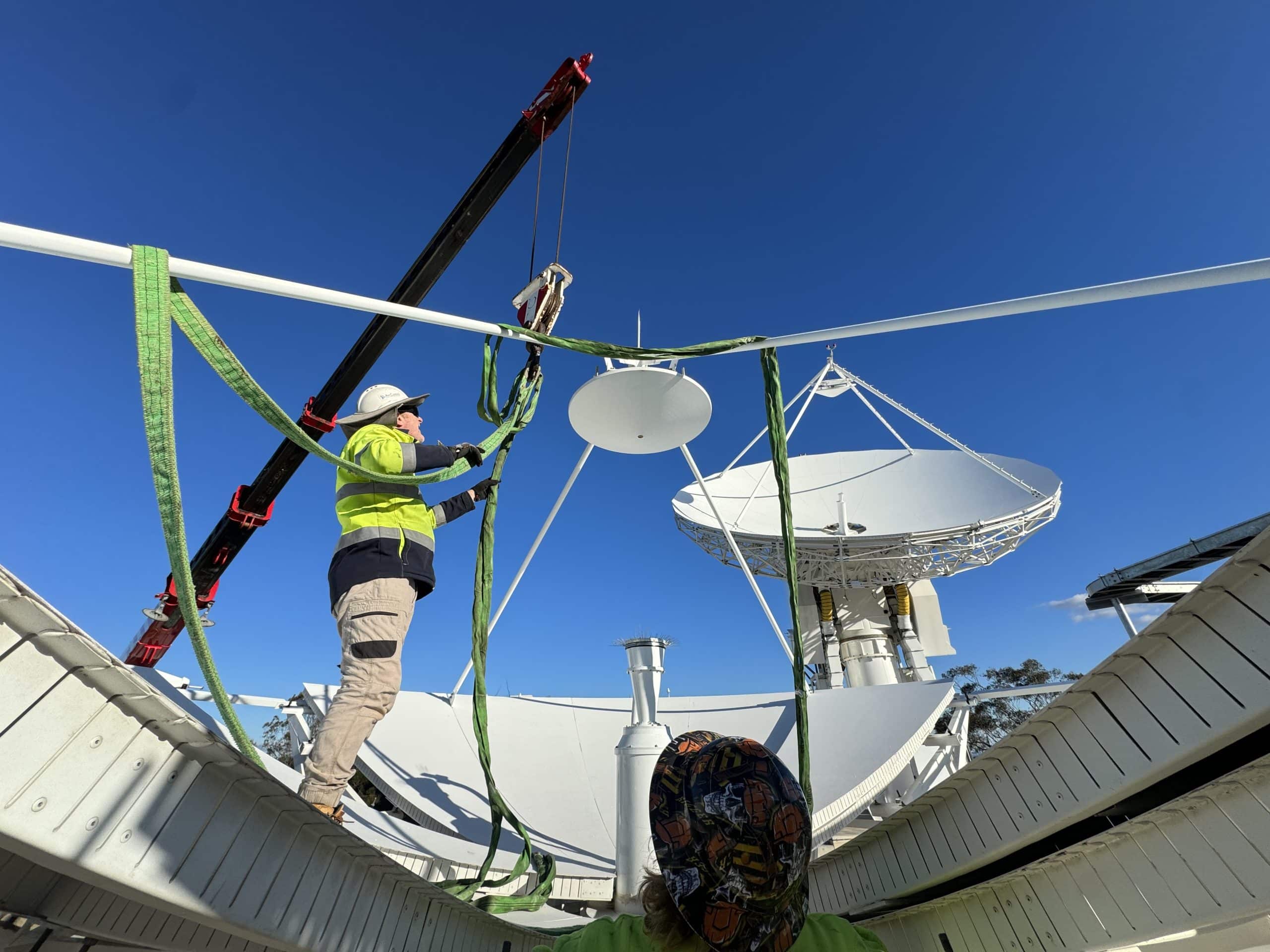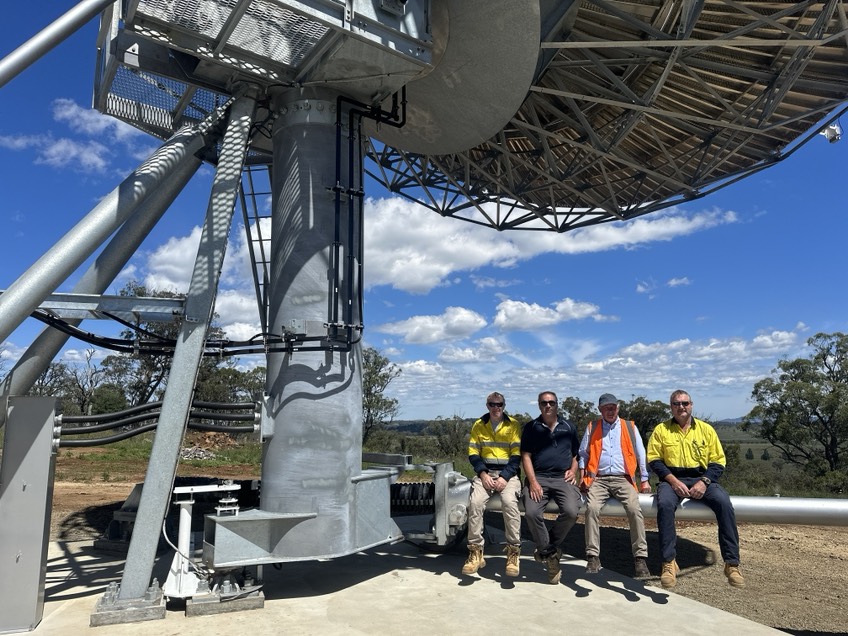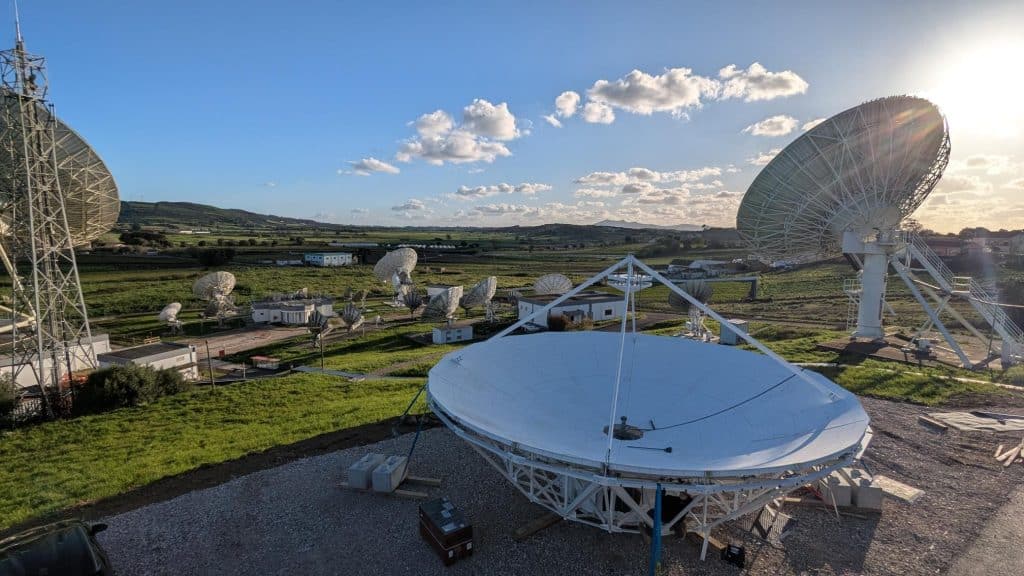
How to Choose Your Earth Station
Everything starts with understanding what your ground station is meant to do. Earth stations can support a wide range of functions—from simple receive-only tasks like pulling a single feed from a broadcast satellite, to complex, two-way communication with fast-moving LEO satellites, or even commanding spacecraft in deep space.
The mission defines everything: what equipment is needed, how the antenna is configured, what tracking systems are required, and what level of precision the whole system demands.
The most effective way to approach this is to work backwards, or reverse engineer.
Define the mission objectives clearly, then let those requirements dictate the architecture of the ground station. By doing this, you avoid unnecessary over-engineering while ensuring that the system is fit for purpose and scalable if the mission evolves.
Trusted by Global Industry-Leading Brands













